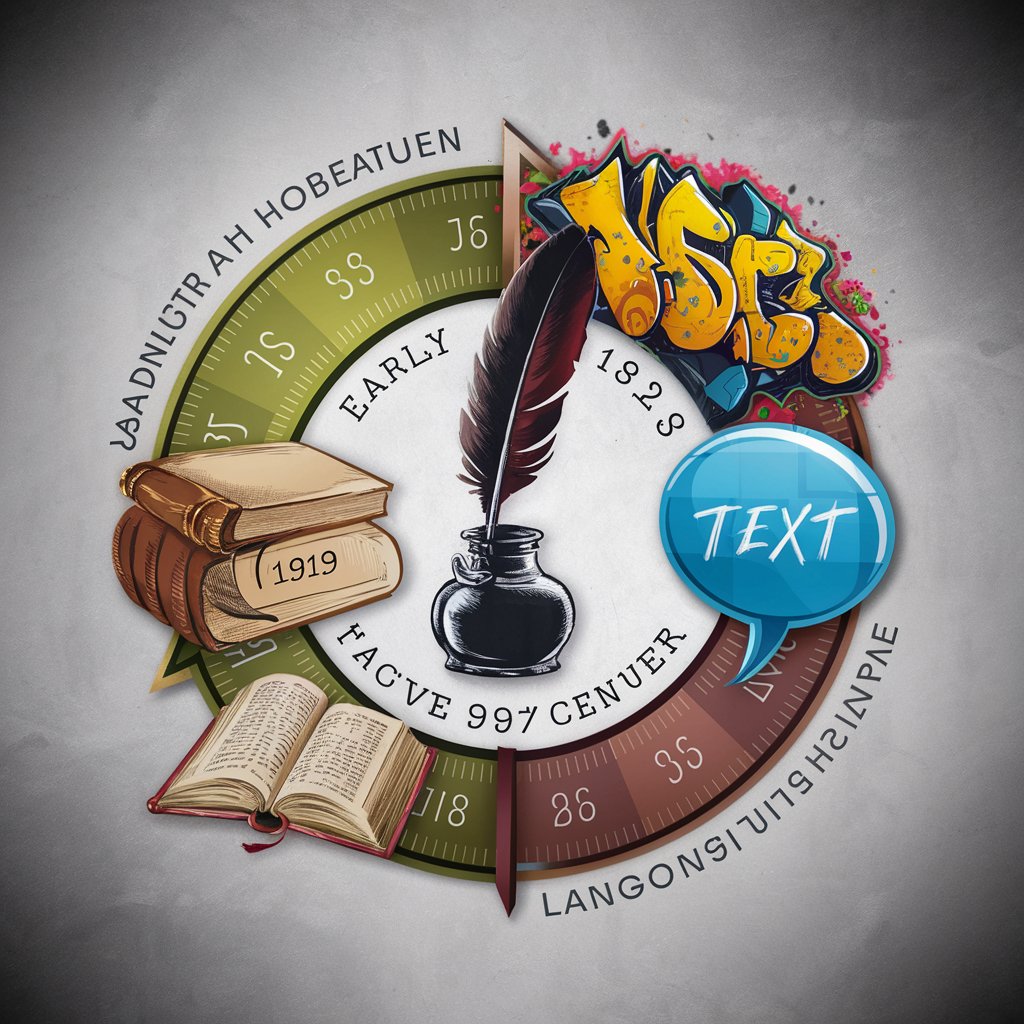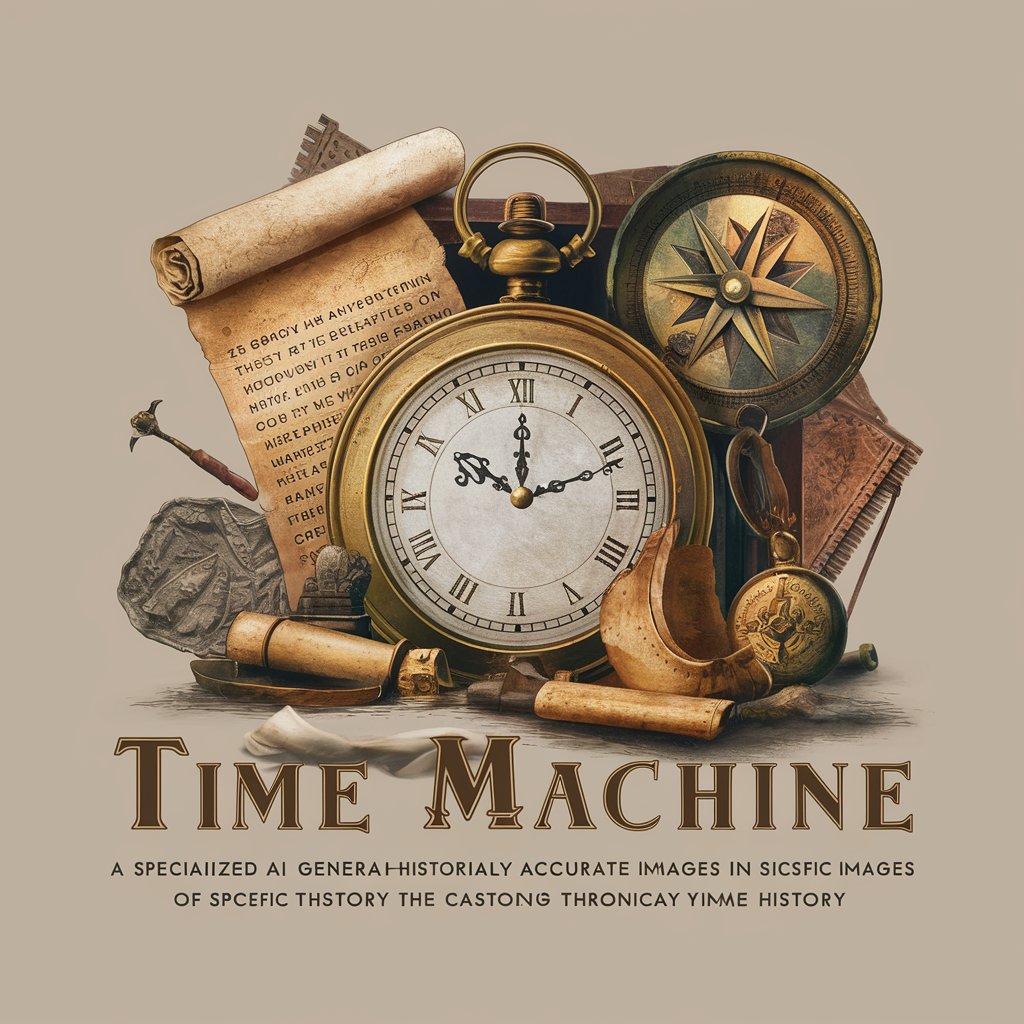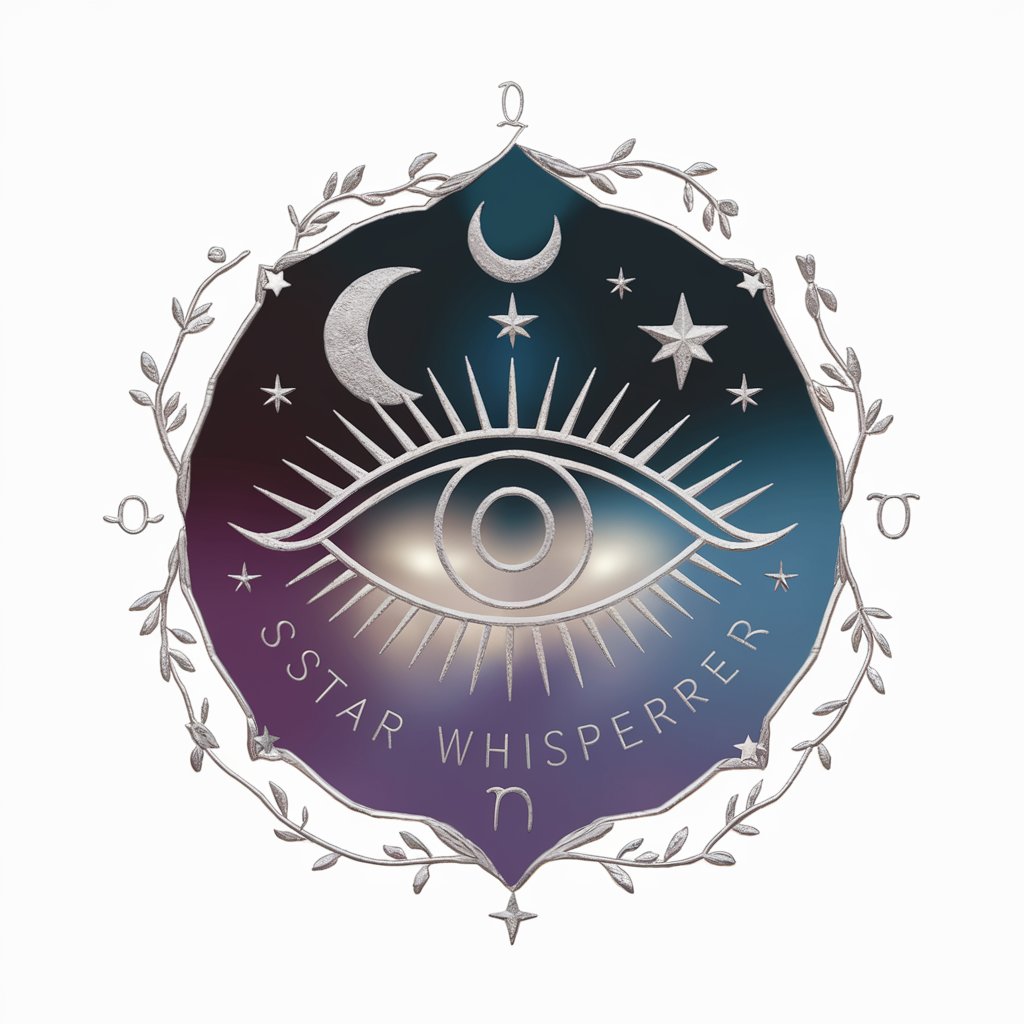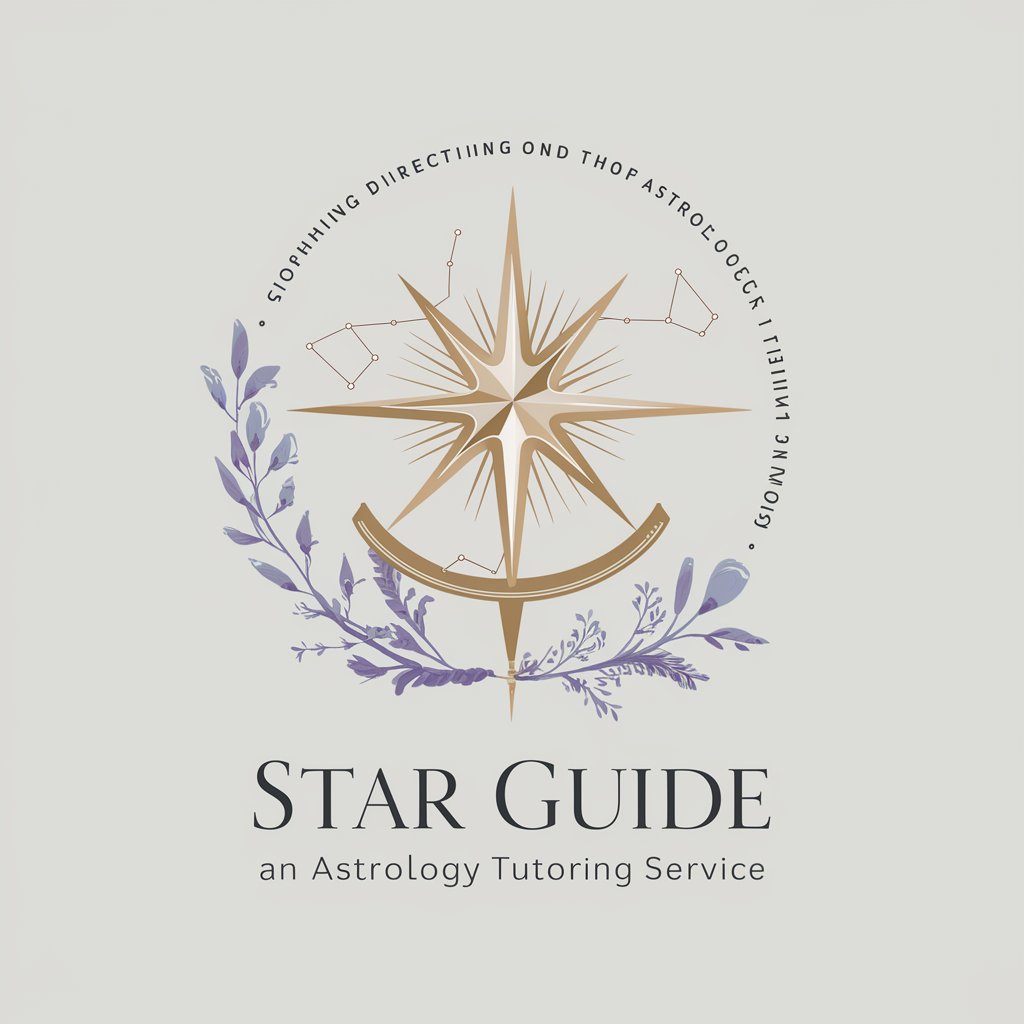Star Guide - Astronomy Visualization Tool

Welcome to Star Guide, your companion for exploring the night sky!
Explore the Cosmos with AI
Can you help me locate the constellation Orion in the night sky?
What are some key features to identify the star Sirius?
How do I find the Big Dipper and use it to navigate?
What is the best time of year to see the constellation Leo?
Get Embed Code
Introduction to Star Guide
Star Guide is designed to assist users in identifying stars and constellations through clear descriptions and visual references. It facilitates an engaging and educational experience for stargazers of all skill levels. By providing tailored guidance on how to locate and recognize celestial bodies, Star Guide makes astronomy accessible and enjoyable. For example, a user seeking to find the Orion constellation during a winter evening can receive specific pointers on how to spot it, including its alignment with nearby stars and its visible shape against the night sky. Powered by ChatGPT-4o。

Main Functions of Star Guide
Star Identification
Example
Identifying Sirius, the brightest star in the night sky.
Scenario
A user looks up on a clear winter night and wants to identify a particularly bright star. Using Star Guide, they receive information that the star is Sirius, located in the Canis Major constellation, along with tips on spotting it near Orion’s Belt.
Constellation Mapping
Example
Mapping the Big Dipper and its relation to other constellations.
Scenario
During a summer camping trip, a user is curious about the distinct shape of stars in the sky. Star Guide explains that they are looking at the Big Dipper, part of the larger Ursa Major constellation, and guides them to use it to find the North Star, pivotal for navigation.
Astronomical Event Tracking
Example
Alerts and guides for viewing lunar eclipses.
Scenario
A user wants to view a lunar eclipse and is unsure when to watch it. Star Guide provides the exact date and time for the eclipse, advice on the best viewing conditions, and historical significance of the event.
Ideal Users of Star Guide
Astronomy Enthusiasts
Individuals with a passion for stargazing and learning more about the cosmos. These users benefit from detailed star and constellation maps, and insights into celestial events, enhancing their hobby and knowledge.
Educators and Students
Teachers and students can use Star Guide as an educational tool to support curriculum and inspire interest in science. It provides practical examples and visual aids that make teaching and learning about astronomy more effective and engaging.
Outdoor Adventurers
Campers, hikers, and travelers who find themselves under the night sky can use Star Guide to navigate or simply enhance their outdoor experience with star identification and constellation stories.

How to Use Star Guide
Start for Free
Visit yeschat.ai to access Star Guide for a trial without needing to log in or subscribe to ChatGPT Plus.
Choose Your Interest
Select the specific star or constellation you wish to learn about from the provided options or use the search feature to directly find a celestial body.
Visual Guidance
Utilize the visual aids provided by Star Guide, such as star charts and constellation maps, to better understand their positions in the sky.
Night Sky Observation Tips
Read the tips on optimal observation times and conditions, including advice on light pollution and necessary equipment like telescopes or binoculars.
Explore Further
Use the additional resources and links to deepen your knowledge about astronomy and stay updated with celestial events and phenomena.
Try other advanced and practical GPTs
Historical Genius
Bringing history to life with AI

Historical Conversation "Historical Linguist"
Exploring linguistic evolution, powered by AI.

Historical Lens
Visualize history with AI precision.

Historical Echo
Bringing history to life with AI.

Historical Voices
Bringing History to Life with AI

Historical Insights
Illuminating the past through AI-powered document insights

Star Voyager
Explore the Cosmos with AI

Star
Elevating AI assistance with sophistication and creativity.

Co-star Star
Crafting Precision AI Prompts with Ease

Alex Stain
Decoding Law with AI-Powered Insights

Star Whisperer
Illuminate Your Path with AI-Powered Astrology

Star Guide
Unlock the cosmos with AI-powered astrology.

Frequently Asked Questions about Star Guide
What can I learn from Star Guide?
Star Guide provides detailed information about various stars, constellations, and other celestial objects, including their history, significance, and how to locate them in the night sky.
Is Star Guide suitable for educational purposes?
Absolutely, Star Guide is an excellent resource for educators and students alike, offering comprehensive details that enhance learning in astronomy and space science.
How often is the content in Star Guide updated?
The content is regularly updated to reflect the latest astronomical discoveries and upcoming celestial events, ensuring users have the most current information.
Can I use Star Guide on my mobile device?
Yes, Star Guide is accessible on various devices, including smartphones and tablets, making it easy to use for on-the-go stargazing and learning.
Does Star Guide help with observing meteor showers?
Star Guide provides information on upcoming meteor showers, including the best times to observe them and how to find their radiant points in the sky.
